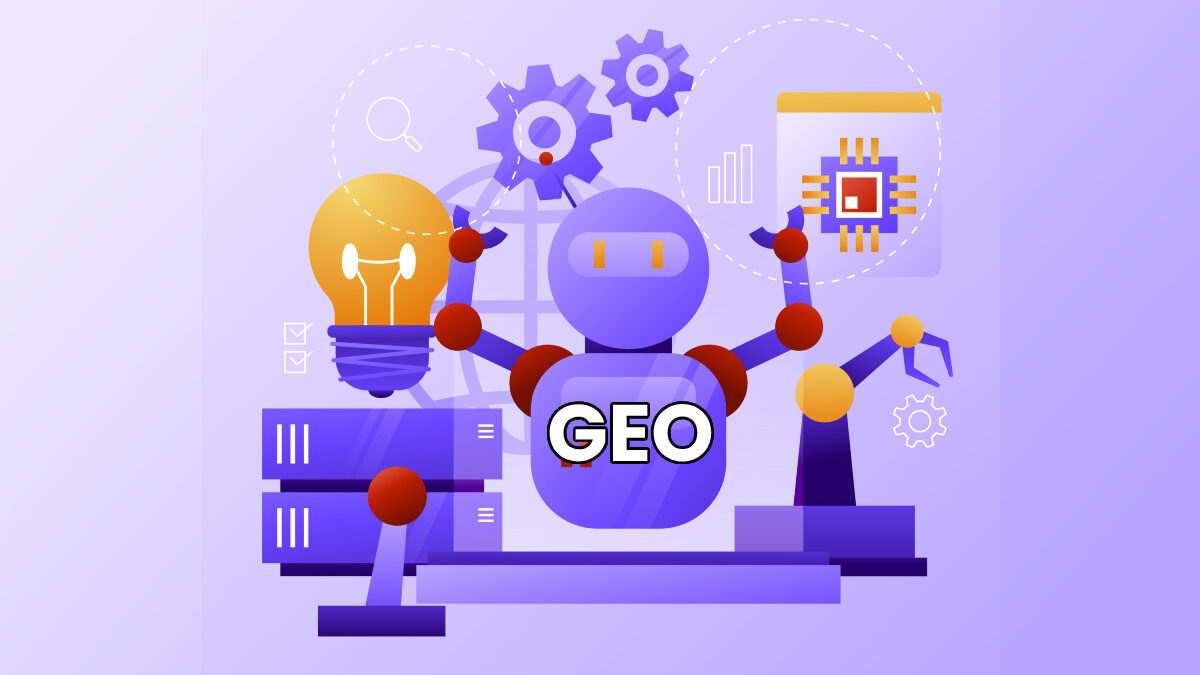Generative Engine Optimization – The way information is discovered online is undergoing the biggest shift since Google introduced PageRank. As large language models (LLMs) rapidly become the primary interface for information retrieval, companies are realizing that traditional SEO—built for keyword-based ranking in static search results—is no longer enough.
This transition is not theoretical. It is already underway.
AI assistants like ChatGPT, Gemini, Grok and Claude are being used as search engines, product research hubs, documentation tools, and decision-making interfaces.
They do not “crawl” the web like Google.
They interpret it.
And that interpretation depends almost entirely on structure, entities, and contextual clarity.
This is where Generative Engine Optimization (GEO) enters the picture.
Table of Contents
The Problem: The Web Was Not Built for AI Interpretation
For two decades, the web evolved with humans and traditional search engines as the primary audience. Content was written for readers, and metadata was implemented—when it existed at all—to help search engines categorize pages. But as AI models became central to discovery, a new issue emerged:
Most websites are invisible or misrepresented to LLMs, even if they rank well in Google.
There are three main reasons:
1. Incomplete or outdated structured data
Many sites have partial schema markup, inconsistent naming, or missing fields.
LLMs rely heavily on this structure for interpretation.
2. Content that is readable by humans but opaque to machines
AI models need explicit signals about entities, relationships, product types, authorship, pricing, availability, and intent.
3. A disconnect between editorial content and machine context
Humans can infer meaning.
Machines cannot.
They need structured clarity.
These issues are not SEO problems.
They are interpretation problems — and they require an entirely new optimization framework.
The GEO Approach: From Search Optimization to Understanding Optimization
GEO focuses on ensuring that every piece of content on a website is fully machine-readable, contextually mapped, and structurally accurate. In practical terms, this means:
- Entity-based markup rather than keyword-based signals
- Machine-consumable descriptions on every page
- Continuous alignment between on-page content and structured data
- Consistent metadata across the entire domain
- Automatic updates as content changes
In other words, GEO is not about ranking — it is about being understood correctly.
When a model like ChatGPT decides which company to recommend, which product to display in a summary box, or which explanation to use in a generated answer, it does not look at backlinks or keywords.
It looks at structure, authority, and clarity.
Websites that apply GEO principles often see:
- Higher visibility in AI-generated answers
- More accurate product attribution
- More brand mentions across AI search interfaces
- Greater consistency across LLMs
- Stronger trust signals interpreted by both search engines and models
This is not a future trend.
It is a present competitive advantage.
The Scale Challenge: GEO Cannot Be Done Manually
Enterprises and content-heavy businesses quickly discover that maintaining perfect structured data across hundreds or thousands of pages is not feasible manually.
Even traditional SEO tools are not designed for continuous, automated GEO.
They can audit, but they cannot fix or maintain the markup as content evolves.
This has opened the door for automated platforms that manage GEO at scale—systems that generate, align, and continuously update structured data as websites grow or change.
One example is Geoleaper readable schema layer, it eliminates the mismatch that typically causes AI misinterpretation.
GEO Is Not Replacing SEO — It Is the Next Layer Above It
The shift to AI-first search does not remove the need for content, technical SEO, or backlinks.
Instead, it adds a higher layer: semantic precision and machine alignment.
In the same way that mobile optimization did not replace desktop SEO—but became mandatory—GEO is becoming the structural backbone of AI visibility. Companies with well-structured, entity-rich, machine-readable data will dominate AI-generated answers, regardless of their traditional SERP positions.
Over the next few years, the companies that treat GEO as a foundational layer will pull ahead of competitors who still optimize solely for Google’s traditional ranking system.
Just as brands once pivoted from keywords to content, and later from desktop to mobile, they are now pivoting from search results to AI interpretation.
This is not an incremental change.
It is an evolution in how machines understand information—and in how companies must present it.
Conclusion: The Future of Visibility Is Machine-Centric
AI systems no längre present search results—they present answers.
Only organizations that ensure their content is consistently understandable, structurally accurate, and semantically aligned will be represented in these answers.
GEO is not a shortcut or a backlink tactic.
It is a foundational requirement for visibility in an AI-driven ecosystem.
The companies that recognize this early and build the necessary machine-readable structure will define the next era of online discovery.

